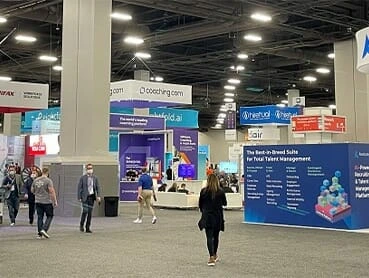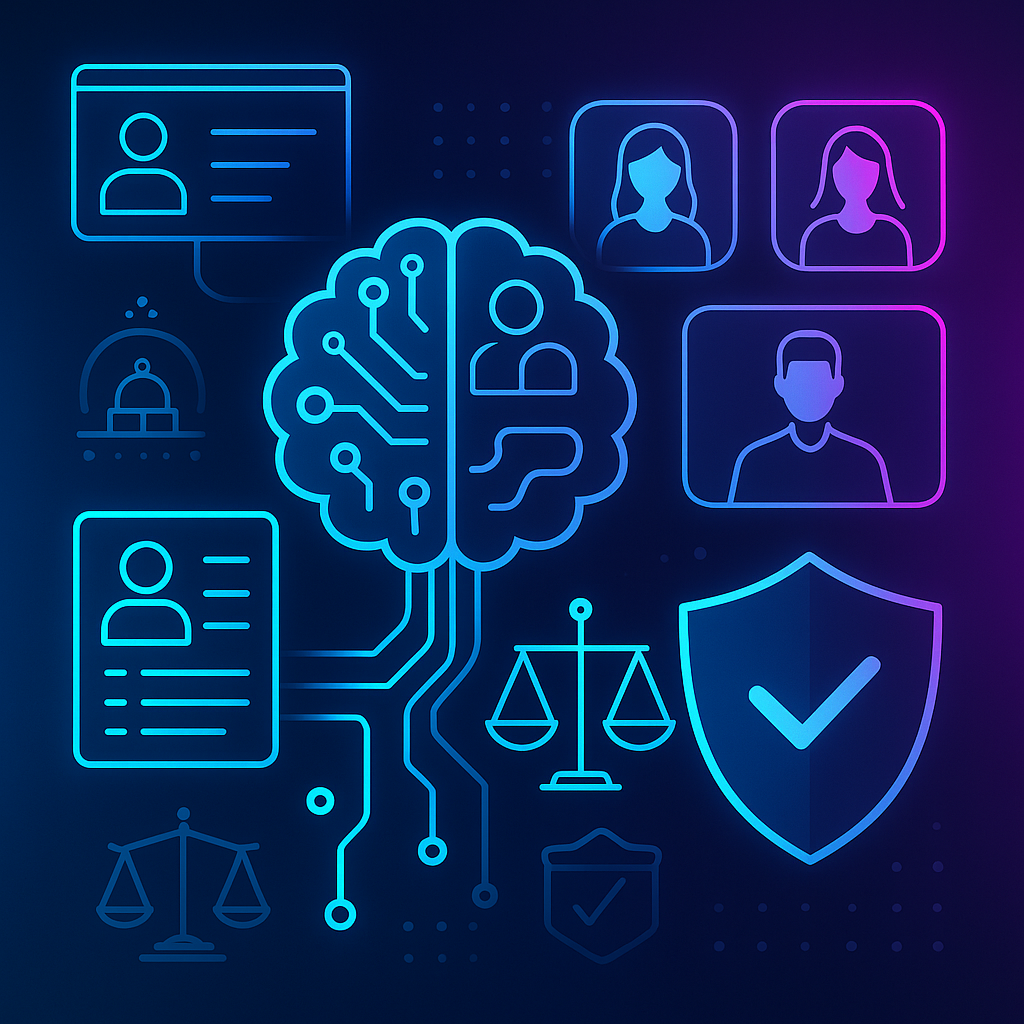AI Adoption in Staffing: How Firms Can Compete Smarter in 2026
As 2026 approaches, staffing firms are operating in a market defined by both opportunity and uncertainty. According to SHRM, 69% of organizations now cite hiring top talent as their greatest challenge. This reflects the struggle shaped by tighter budgets, evolving skill requirements, and shifting candidate expectations.
As firms look to navigate these pressures, many are rethinking how technology, especially AI, fits into their recruiting strategy.
The competition for talent is no longer just about sourcing more candidates; it’s about delivering more value. Firms that adapt their strategies to balance technology, flexibility, and human expertise will be best positioned to stand out.
The Pressure to Evolve: AI and Automation in Staffing
Artificial intelligence and automation have moved from industry buzzwords to business necessities. Many staffing firms that once relied on traditional sourcing and relationship-driven recruiting now face competition from agencies using AI-powered rediscovery tools, automated engagement platforms, and programmatic job ads.
The adoption of AI is accelerating on both sides of the hiring process. A Staffing Industry Analysts report found that 79% of job seekers now use AI tools during the application process. From résumé builders to interview prep, it’s helping them apply for jobs at a previously unthinkable speed. Jesse Skaff of Phaidon notes, “Candidates are able to submit 1,000 applications a day because of AI.” That surge in scale is transforming how recruiters attract, evaluate, and engage talent.
The shift in applicant behavior is reshaping the staffing landscape and AI has become the key to staying competitive and delivering on client commitments. Forward-thinking firms aren’t just using automation to streamline operations – they’re integrating it strategically to enhance personalization and deliver meaningful experiences for candidates while avoiding recruiter burnout.
Preparing for AI Adoption
Before implementing new recruiting technologies, it’s important to assess your team’s readiness. The most competitive firms are focusing on four key objectives:
- Finding the right technology fit for their business model.
- Redefining recruiter roles and workflows to maximize automation ROI.
- Adapting to flexible, outcome-based pricing structures.
- Measuring success through consistent, data-driven performance metrics.
5 Questions to Guide Your Tech Decisions
When evaluating new recruiting tools, consider:
- How much time does our team spend manually searching for new talent each week?
- What types of roles do we fill most often? High-volume, niche, or hard-to-fill?
- Where in our process do we lose the most time? Sourcing, screening, or engagement?
- How easily can we adjust our recruitment budget based on hiring surges or slowdowns?
- Does our career page convert visitors into applicants, or do most drop off before applying?
Your answers will help determine where automation can deliver the most value.
- Large candidate databases? Focus on AI-powered rediscovery.
- Hard-to-fill roles? Explore sourcing automation and skills-based matching.
- High-volume hiring? Use programmatic advertising to scale efficiently.
- Low website conversions? Add a career site agent to engage visitors in real time.
Strategy Before Software: The Real Key to Transformation
Many staffing firms rush to “add AI” without first reimagining how they work.
Layering new tools on top of outdated workflows may streamline a few tasks, but it won’t deliver measurable ROI. To unlock AI’s full potential, firms must rethink how teams collaborate, how success is measured, and where technology can complement — not replace — the human touch.
Six Practical Steps for Real Transformation:
- Reevaluate your recruitment funnel. Identify which steps can be automated and which require personal expertise.
- Redefine recruiter roles. Free up time for strategy, relationship building, and consultative selling.
- Restructure teams. Align responsibilities with automation strengths and data-driven insights.
- Rethink KPIs. Go beyond time-to-fill and placements — track quality, conversion, and ROI tied to AI-supported outcomes.
- Invest in communication and change managment. Keep recruiters engaged and confident as they adapt to new processes.
When AI becomes part of your strategic framework — not just your toolkit — it reshapes how your firm operates, collaborates, and grows.
Adapting to Outcome-Based Pricing Models
As economic conditions fluctuate, staffing firms are moving toward outcome-based pricing, where clients only pay for measurable results such as interview-ready candidates or successful hires.
According to Leoforce’s Q3 2025 Market Trends Report, one in five U.S. employers plans to slow hiring in the second half of 2025 — double the rate from the prior year. With unemployment rising to 4.3%, every recruiting dollar now requires clear justification.
Outcome-based pricing helps firms:
- Control costs by capping spend and aligning payments to results.
- Scale budgets seasonally based on hiring needs.
- Build trust through transparent performance metrics tied directly to ROI.
As clients demand more accountability, this model provides both flexibility and financial stability.
Measuring What Matters: Proving ROI
To demonstrate real value, firms must track outcomes aligned with their business goals. Key performance indicators include:
- Cost per Acquisition (CPA): Total spend per successful placement.
- Time-to-Fill: Average days from job opening to hire.
- Quality of Hire: Post-placement retention and performance.
- Candidate Engagement Rate: Conversions from automated campaigns.
- Recruiter Efficiency: Placements per recruiter or per work hour.
By grounding performance in these metrics, firms can make informed decisions and continuously improve ROI.
The Bottom Line
The staffing leaders who succeed in 2026 will do more than adopt new tools — they’ll redefine how technology, people, and performance connect.
By pairing strategic AI adoption with flexible pricing and measurable outcomes, staffing firms can thrive even in unpredictable markets.
Want to assess your firm’s readiness? Try Leoforce’s AI Readiness Assessment to identify where automation can deliver the most impact for your team.





